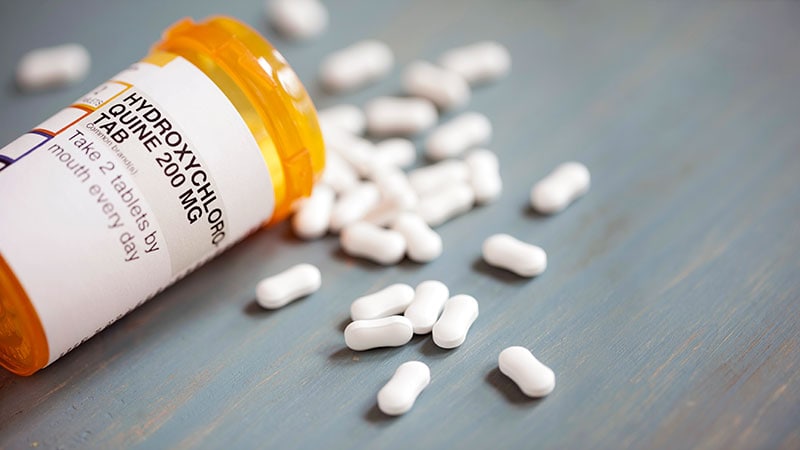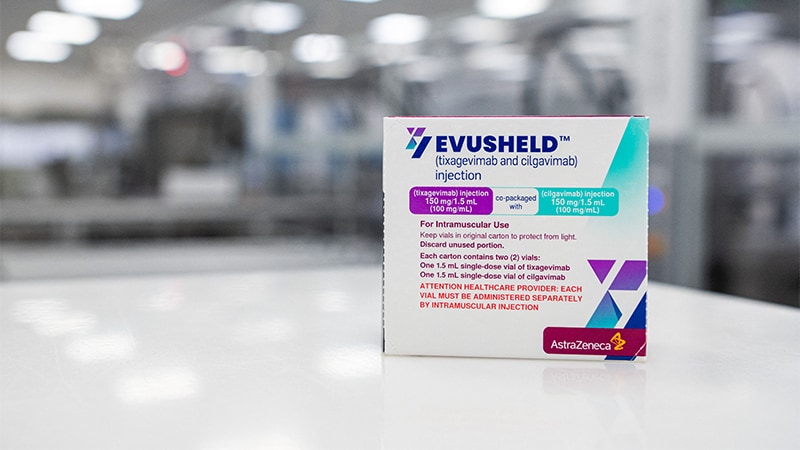NICE has published rapid guidance on the use of antibiotics to treat bacterial pneumonia in hospitalised adult patients during the COVID‑19 pandemic, including people presenting to hospital with community-acquired pneumonia and people who develop pneumonia while in hospital. Below, Univadis has created a summary of the key recommendations.
Communicate with patients
- Discuss the risks, benefits and likely outcomes of treatment with patients with COVID‑19.
- Discuss enrolling in a COVID‑19 clinical trial.
- Tests to inform antibiotics use include:
- microbiology for routine culture and sensitivities;
- SARS‑CoV2 polymerase chain reaction (PCR) assay;
- chest imaging;
- full blood count; and
- legionella and pneumococcal antigen tests.
- There is insufficient evidence to recommend routine procalcitonin testing.
- High C‑reactive protein does not necessarily indicate bacterial pneumonia or COVID‑19.
- Oral options include:
- doxycycline 200 mg on first day, then 100 mg once daily (od) and
- co‑amoxiclav 500 mg/125 mg three times daily (tds) with clarithromycin 500 mg twice daily (bd).
- Intravenous (IV) options include:
- clarithromycin 500 mg bd with co-amoxiclav 1.2 g tds or cefuroxime 750 mg tds or four times daily (qd; 1.5 g tds for severe infection).
Where above are unsuitable, consider levofloxacin 500 mg od/bd.
Hospital‑acquired pneumonia
- Oral antibiotics for non-severe pneumonia without high risk for resistance, options include:
- doxycycline 200 mg on first day, then 100 mg od;
- co-amoxiclav 500 mg/125 mg tds; and
- co-trimoxazole 960 mg bd.
- IV antibiotics for severe pneumonia or high risk for resistance, options include:
- piperacillin with tazobactam 4.5 g tds increased to 4.5 g qd for severe infection and
- ceftazidime 2 g tds.
Meticillin-resistant Staphylococcus aureus infection
- Dual therapy with IV antibiotic listed above added to:
- IV vancomycin 15-20 mg/kg bd/tds.
- IV teicoplanin: initially 6 mg/kg every 12 hours for three doses, then 6 mg/kg od.
- Linezolid 600 mg bd orally or IV where above are unsuitable.
- Use the following signs, symptoms and test results to inform decision-making:
- no evidence of bacterial infection in blood, urine or sputum samples;
- positive SARS‑CoV2 PCR;
- fever resolved or resolving;
- symptoms and blood test results (particularly lymphopenia) consistent with COVID‑19; and
- chest imaging consistent with COVID‑19 pneumonia.
- The patterns of COVID-19 computed tomography‑chest imaging are:
- early (zero to two days): normal or rounded ground-glass opacities;
- intermediate (five days to 10 days): crazy-paving opacities; and
- late (more than ten days): consolidation.
- Chest imaging changes are bilateral in most patients (>60%), with lung periphery and lower lobes being most involved.
- Early ground-glass appearances may not be visible on plain chest X‑rays.
- Continue antibiotics if there is evidence of bacterial infection, regardless of SARS‑CoV2 PCR test.
- Consider continuing antibiotics if SARS‑CoV2 PCR is positive but clinical features are atypical for COVID‑19.
- If antibiotics are continued:
- review treatment based on microbiological testing and switch to narrower spectrum antibiotic when appropriate;
- prescribe for five days, then stop unless there is a clear indication to continue; and
- review IV antibiotic use within 48 hours and consider switching to oral antibiotics.


